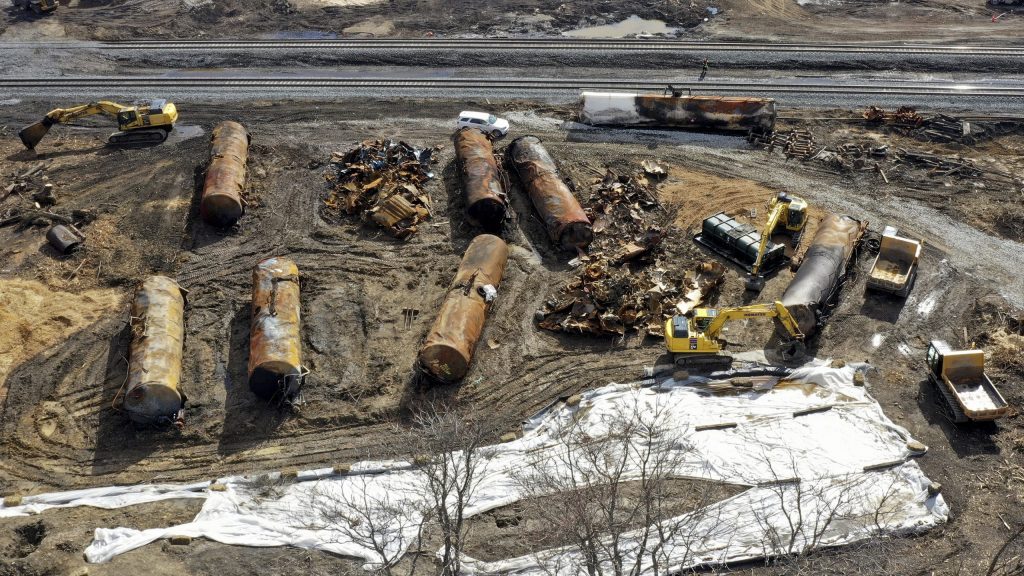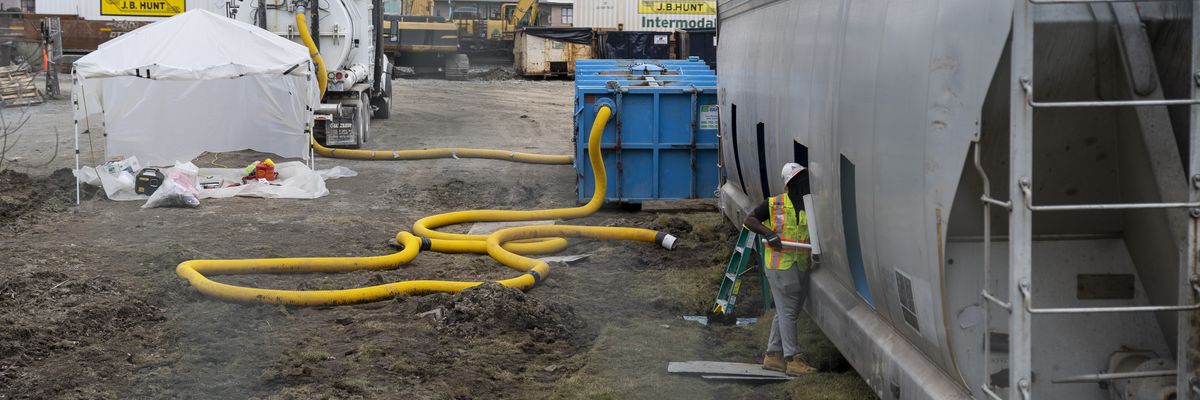February 25, 2023

Nichelle Nichols to grace one final voyage into the cosmos
The United Launch Alliance recently announced it’s targeting May for the inaugural launch of its highly anticipated Vulcan Centaur rocket, which is expected to carry everything from satellites to human ashes into space.
The Vulcan Centaur rocket has faced years of delays following the slower-than-anticipated development of powerful engines and requirements for when the moon lander can be launched.
Under an updated timetable released by ULA CEO Tory Bruno, the more than 200-foot-tall rocket will take off on May 4, 2023, from Florida’s Cape Canaveral Space Force Station.
If the launch is successful, the company plans to eventually replace the Atlas V and Delta IV rockets with the Vulcan Centaur.
The rocket is said to be capable of launching 60,000 pounds of payload into low-Earth orbit and could one day be certified to carry highly sensitive satellites for U.S. intelligence agencies.
Here’s a look at the payload that will be aboard the uncrewed launch.
Astrobotic Technology’s lunar lander
The Peregrine Lunar Lander will carry scientific and other payloads to the surface of the moon.
Astrobotic Technology said it will be the first commercial mission to land on another planetary body.
NASA said the Peregrine Mission 1 will study the moon’s exosphere, thermal properties, magnetic fields and radiation.
Mementos and payloads from six countries are expected to be aboard the craft when it departs the Vulcan Centaur rocket after reaching its designated orbit.
Prototype broadband satellites for Amazon
Project Kuiper, Amazon’s proposed broadband program, will have two prototype satellites aboard the Vulcan Centaur rocket.
Amazon said the goal of the constellation will be to deliver fast, affordable internet to underserved communities around the world.
Once complete, the constellation is expected to have more than 3,200 satellites orbiting Earth and be similar to SpaceX’s Starlink program.
The world’s largest online retailer has already inked a deal with ULA for an additional 47 launches for Project Kuiper.
Dates for future launches of the Vulcan Centaur rocket have not been set.
“We couldn’t be more excited to join the first launch of ULA’s Vulcan Centaur. We’ve already secured 38 Kuiper launches on Vulcan, and using the same launch vehicle for our prototype mission gives us a chance to practice payload integration, processing, and mission management procedures ahead of those full-scale commercial launches,” Rajeev Badyal, vice president of technology for Project Kuiper, said in statement.
Human ashes for Celestis
The cremated remains of Star Trek actress Nichelle Nichols will be one of more than 150 capsules aboard the inaugural Vulcan Centaur flight, which will launch the personal effects on an endless journey into space.
Celestis, Inc., a Texas-based company, offers memorial flights that start at $2,995 and can cost customers $12,995 or more.
Launching cremated remains into space is not a new mission, but sending them beyond the orbit of Earth and the moon has not been completed by a commercial company.
Also aboard the rocket will be ashes from Star Trek’s creator and several other cast members.
The launch date of May 4 is also synonymous with the celebration of the Star Wars series – a fitting day for the remains of Nichols and Star Trek members to start their maiden voyage.
























